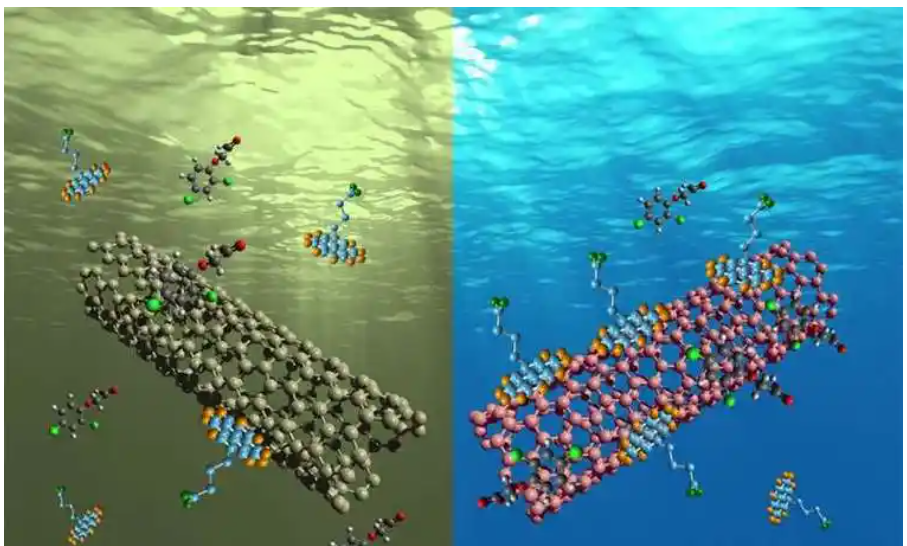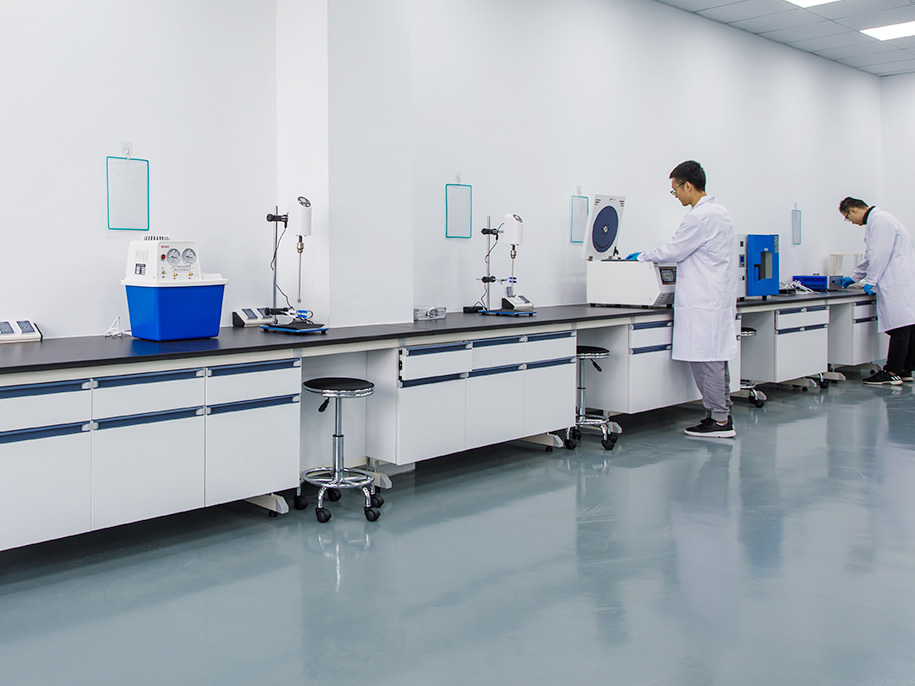Carbon-Based Nanomaterials for Clean Water: Revolutionizing Filtration and Desalination

🌍 Introduction: Water Scarcity and the Material Challenge
Water scarcity is a global crisis. Over 2 billion people live in water-stressed regions, and industrial pollution continues to contaminate freshwater sources. As urban populations and climate volatility increase, the need for advanced, efficient water treatment technologies becomes critical.
Traditional filtration systems are often energy-intensive, inefficient against microscopic pollutants, and difficult to scale.
This is where carbon nanomaterials, such as graphene and carbon nanotubes (CNTs), are emerging as next-generation solutions. These materials offer high surface area, precise molecular sieving, antifouling properties, and chemical resistance, making them ideal for filtration and desalination.
🧪 Part 1: Why Carbon Nanomaterials for Water Treatment?
1.1 Atomic-Scale Filtration
-
Graphene oxide membranes can be tuned to filter particles <1 nanometer.
-
CNTs enable fast water transport via smooth, hydrophobic inner channels.
1.2 Functional Tunability
-
Surface chemistry allows selective filtration of:
-
Heavy metals (Pb²⁺, Hg²⁺)
-
Organic pollutants (pharmaceuticals, pesticides)
-
Bacteria and viruses
-
1.3 Energy Efficiency
-
Graphene membranes reduce energy demand in reverse osmosis (RO) by up to 20–30%.
-
Low-pressure systems possible due to high permeability.
⚙️ Compared to polymer membranes, carbon-based membranes offer up to 5× faster water flux with equal or better selectivity.
🧊 Part 2: Graphene-Based Membranes in Action
2.1 Graphene Oxide (GO) Membranes
-
GO sheets stacked to create nanochannels for size-selective filtration.
-
Removes:
-
Dyes
-
Salts
-
Endocrine disruptors
-
Pathogens
-
🌊 MIT researchers developed GO membranes that remove >99.9% of NaCl at pressures much lower than conventional RO systems.
2.2 Reduced Graphene Oxide (rGO)
-
Offers better mechanical stability and long-term durability.
-
Enhanced electrical conductivity allows for electrochemical decontamination.
2.3 Antifouling Capabilities
-
Hydrophilic GO surfaces resist organic fouling and bacterial adhesion.
-
Reduces membrane replacement costs and increases operational uptime.
⚙️ Part 3: Carbon Nanotube Filters
3.1 High-Speed Flow
-
Water molecules move rapidly through CNTs, mimicking biological aquaporins.
-
CNT channels provide:
-
High permeability (10–100× polymers)
-
Strong rejection of ions and contaminants
-
3.2 Functionalized CNTs
-
Attachments like carboxyl or amine groups increase selectivity:
-
Adsorb arsenic, fluoride, lead
-
Capture pathogens
-
3.3 CNT in Hybrid Membranes
-
CNTs combined with polymers or graphene to enhance:
-
Mechanical strength
-
Permeability
-
Chemical resistance
-
🧪 Stanford developed CNT membranes that remove >99.99% of E. coli and MS2 viruses from water.
🔬 Part 4: Applications Across the Water Chain
| Application | Carbon Material Role |
|---|---|
| Municipal drinking water | GO membranes for pathogen and heavy metal removal |
| Industrial wastewater | CNT hybrid filters for VOC and dye capture |
| Agriculture reuse | Graphene filters for pesticide & nitrate removal |
| Seawater desalination | Graphene RO membranes with high flux |
| Point-of-use systems | Portable CNT membranes in home filters |
Notable Use Cases:
-
Graphil Project (EU): Uses graphene-based membranes for household water purification
-
Manila Water (Philippines): Piloting CNT membranes in industrial zones
-
Portable Devices: Lifesaver filters and emergency kits are adopting GO-based elements
🌡️ Part 5: Carbon Aerogels & Advanced Forms
5.1 3D Graphene Aerogels
-
Extremely lightweight and porous
-
Used to adsorb:
-
Oils
-
Heavy metals
-
Organic dyes
-
🧽 One gram of graphene aerogel can absorb over 800x its weight in oil.
5.2 Carbon Sponges
-
Macroporous CNT foams for bulk water decontamination
-
Can be regenerated via heating or UV exposure
5.3 Electrochemical Carbon Filters
-
Electric field applied across conductive carbon filters
-
Traps contaminants via electrophoresis
-
Effective for pharmaceutical and microplastic removal
🔋 Part 6: Energy–Water Nexus Applications
Carbon materials are enabling integrated systems that address both clean energy and clean water.
-
Solar Desalination: Graphene photothermal membranes concentrate sunlight for steam-based water purification.
-
Energy Recovery: CNTs enhance microbial fuel cells treating wastewater, producing energy as a byproduct.
📈 Part 7: Commercialization and Market Growth
| Metric | Value |
|---|---|
| Global nanomaterial membrane market (2024) | $1.9 billion |
| Expected CAGR (2024–2030) | 24.6% |
| Main drivers | Water reuse mandates, desalination demand, zero-liquid-discharge regulations |
Leading Companies:
-
G2O Water Technologies (UK): Graphene water filtration
-
NanoSun (Singapore): CNT nanocomposite membranes
-
Versarien, Graphene Water Technologies, MetaShield
🚧 Part 8: Challenges and Research Needs
-
Scalability: Producing defect-free large-area graphene membranes
-
Fouling management: Long-term biofilm prevention under real-world conditions
-
Regulatory approvals: Nanomaterial safety and toxicity evaluations
-
Cost-efficiency: Competing with established polymer membrane prices
🔍 Ongoing research at institutions like KAUST, NUS, and MIT is tackling membrane durability and recyclability issues.
✅ Conclusion: A Breakthrough for Global Water Equity
Carbon nanomaterials are proving to be game changers in the quest for clean water.
Their unmatched filtration performance, energy efficiency, and customizability position them as a cornerstone of future water infrastructure—from smart cities and off-grid villages to industrial plants and household systems.
🌊 Whether filtering out salt, toxins, or pathogens, graphene and CNTs bring us closer to a world where clean water is no longer a privilege, but a universal right.

